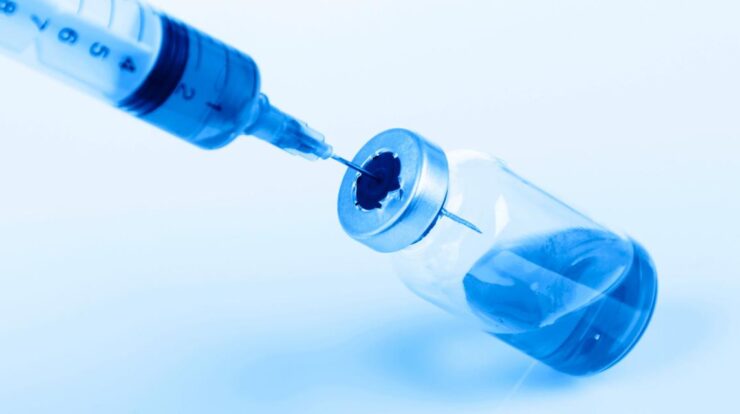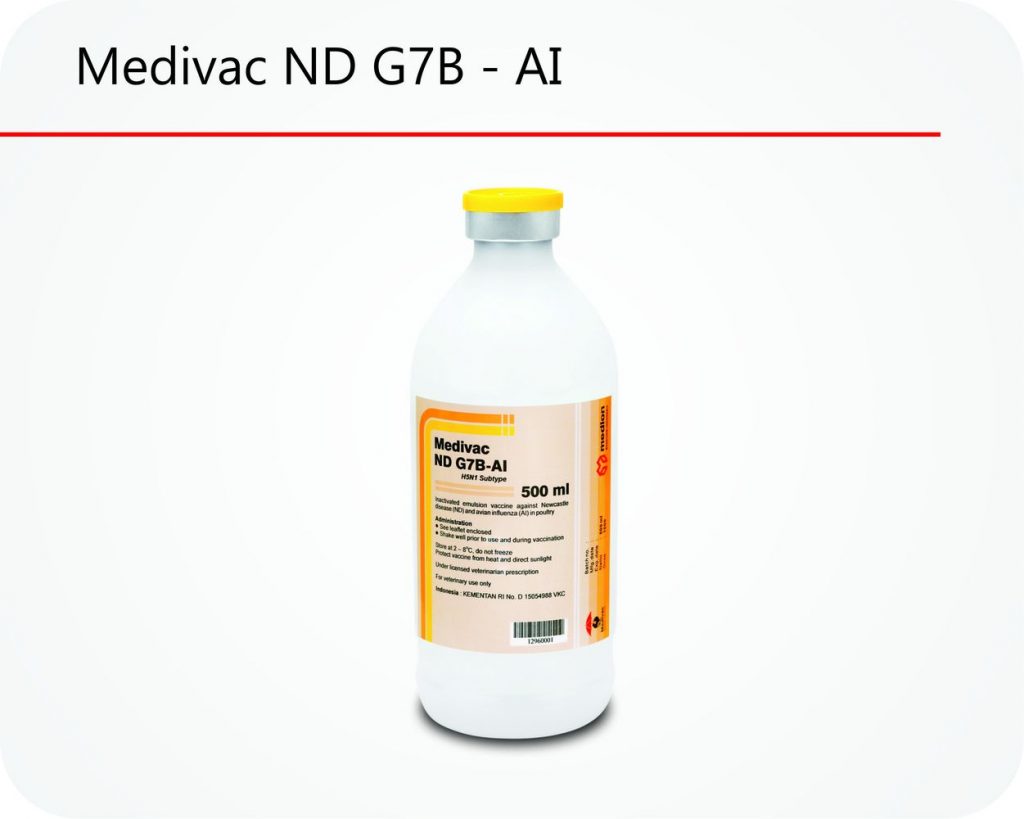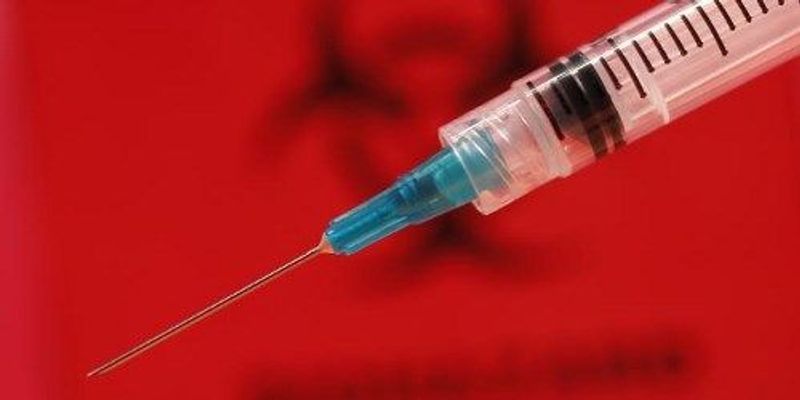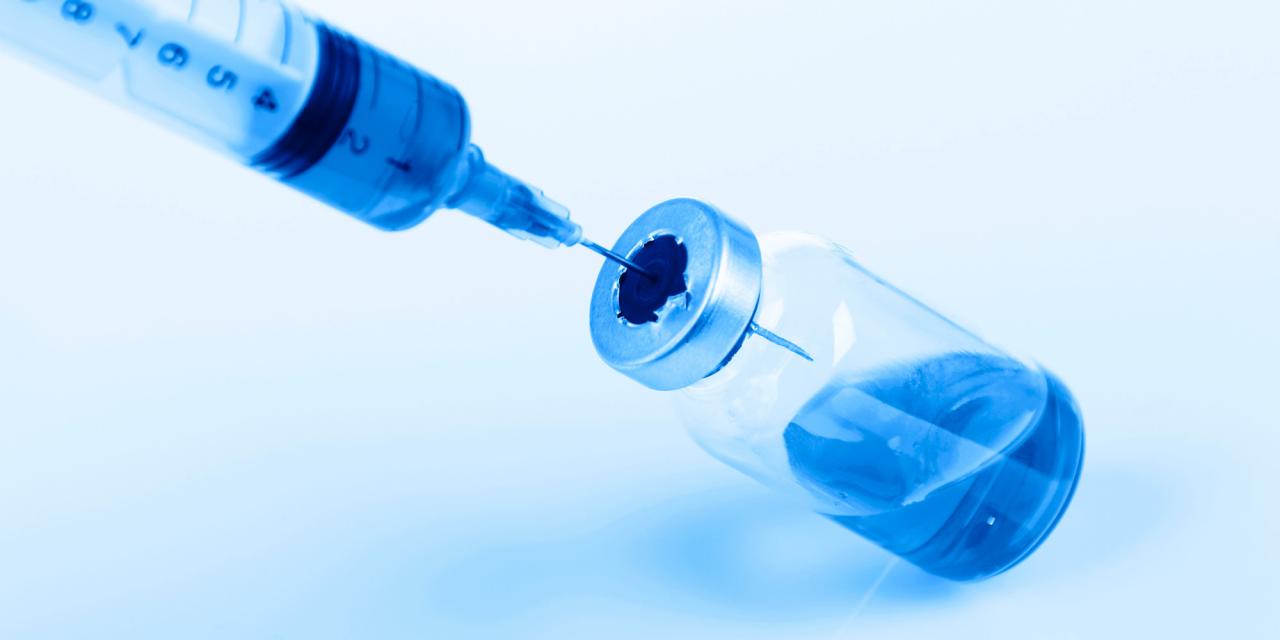
H5N1 vaccine, a crucial tool in safeguarding against the highly pathogenic H5N1 virus, offers a comprehensive approach to prevention and control. This article delves into the efficacy, safety, target population, production, distribution, and public health implications of H5N1 vaccines, providing a comprehensive overview for informed decision-making.
The H5N1 virus, a subtype of influenza A, poses a significant threat to public health, with the potential to cause severe respiratory illness and even death. H5N1 vaccines, designed to combat this virus, play a pivotal role in mitigating its impact.
H5N1 Vaccine Overview

The H5N1 virus is a highly pathogenic avian influenza virus that can cause severe respiratory illness in humans. H5N1 vaccines are designed to protect individuals from infection with this virus.
There are several types of H5N1 vaccines available, including inactivated vaccines, live attenuated vaccines, and recombinant vaccines. Inactivated vaccines are made from killed H5N1 virus particles, while live attenuated vaccines are made from weakened H5N1 viruses that cannot cause disease.
Vaccine Efficacy and Safety
H5N1 vaccines have been shown to be effective in preventing infection with the H5N1 virus and reducing the severity of disease in those who do become infected. However, the effectiveness of these vaccines can vary depending on the type of vaccine and the individual’s immune response.
The most common side effects of H5N1 vaccines are mild and include pain at the injection site, redness, and swelling. More serious side effects, such as fever and chills, are rare.
Target Population and Vaccination Schedule
The target population for H5N1 vaccination includes individuals who are at high risk of exposure to the virus, such as poultry workers, veterinarians, and travelers to areas where the virus is circulating.
The recommended vaccination schedule for H5N1 vaccines varies depending on the type of vaccine and the individual’s age and health status. Generally, two doses of the vaccine are required, given 4 to 6 weeks apart.
Vaccine Production and Distribution
H5N1 vaccines are produced in specialized facilities using a variety of techniques. The production process is complex and time-consuming, and it can take several months to produce a single batch of vaccine.
The distribution of H5N1 vaccines is coordinated by national and international health organizations. The goal is to ensure that the vaccine is available to those who need it most, particularly in areas where the virus is circulating.
Public Health Implications, H5n1 vaccine
H5N1 vaccination is an important part of public health preparedness and response to influenza pandemics. By protecting individuals from infection, vaccines can help to reduce the spread of the virus and prevent severe illness and death.
H5N1 outbreaks can have a significant impact on healthcare systems and society. They can lead to widespread illness, absenteeism from work and school, and economic losses.
Final Wrap-Up

In conclusion, H5N1 vaccines represent a cornerstone of public health preparedness, offering a safe and effective means of protection against the H5N1 virus. Ongoing research and advancements in vaccine technology hold promise for further enhancing their efficacy and reach. As we navigate the ever-evolving landscape of infectious diseases, H5N1 vaccines will continue to be an indispensable tool in safeguarding global health.







